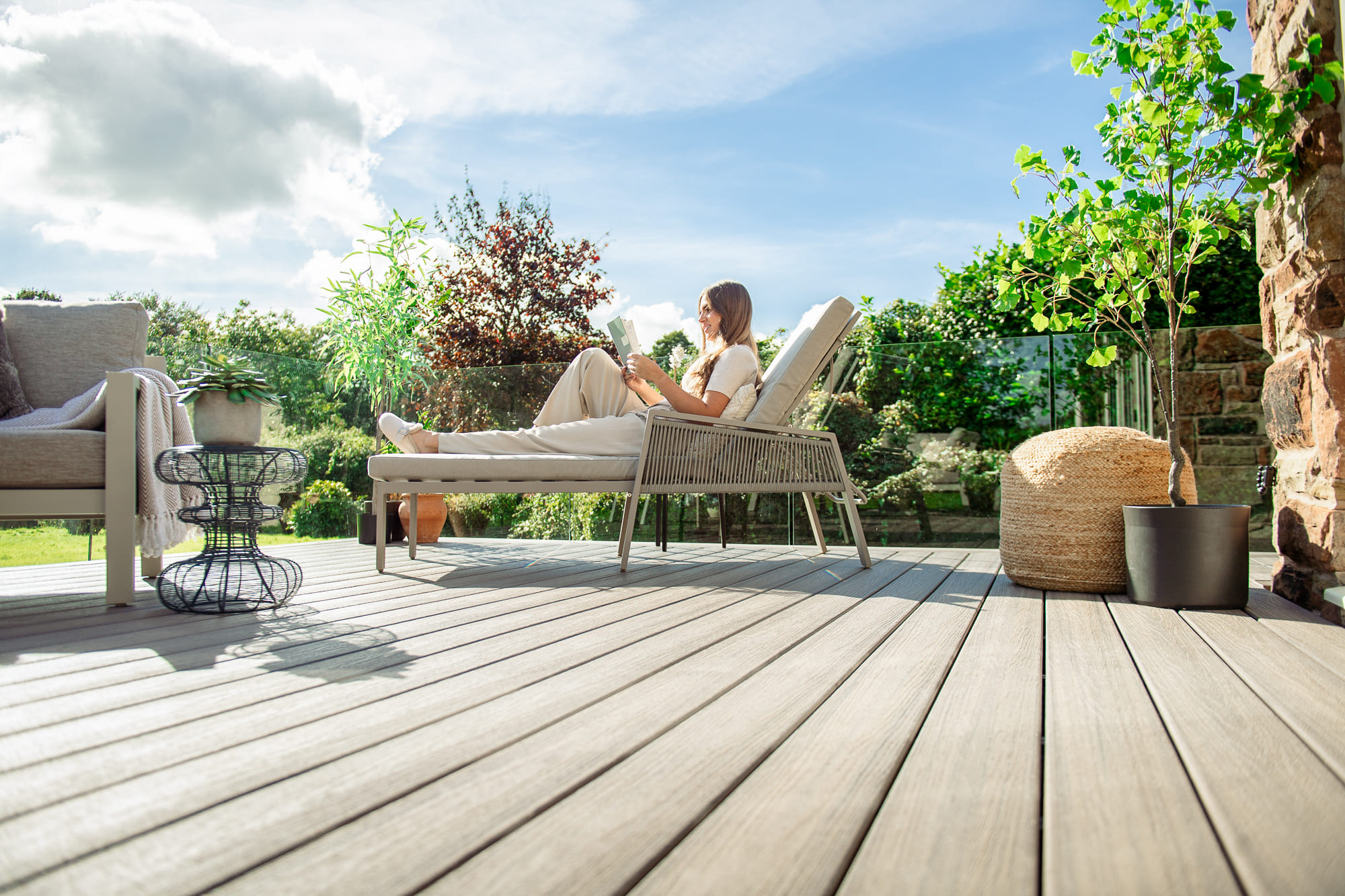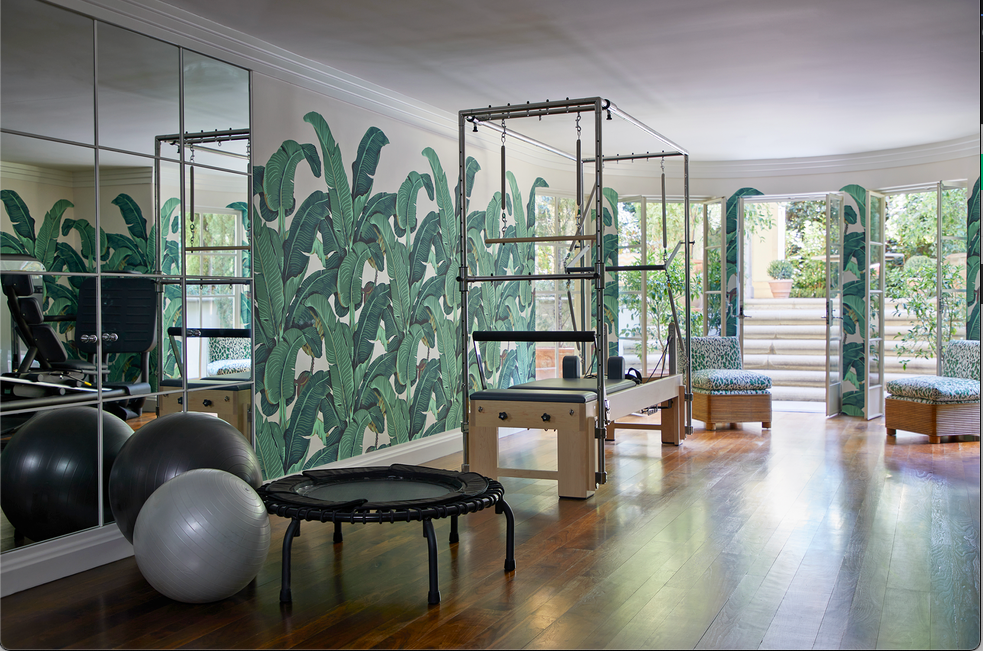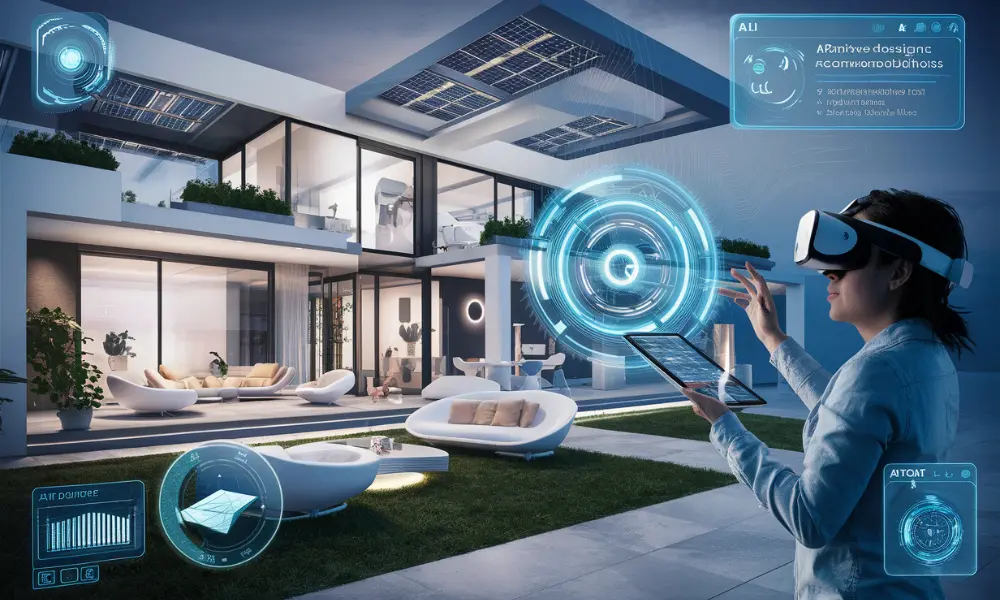In 2025, the lines between indoor comfort and outdoor serenity are blurring more than ever. Homeowners are increasingly seeking designs that merge their living spaces with nature, creating harmonious environments that cater to both relaxation and entertainment. This trend is characterized by the integration of expansive glass walls, retractable doors, and continuous flooring materials. These materials extend from interiors to exteriors, fostering a seamless transition between the two realms. Discover how 2025 homeowners are embracing seamless indoor-outdoor living with glass walls, retractable doors, and unified flooring.
Driven by rising home values, a renewed appreciation for personal space post-pandemic, and advancements in building materials, homeowners are finding creative ways to expand their square footage without necessarily adding new rooms. Instead, they are transforming patios, decks, and backyards into natural extensions of their living areas. The indoor-outdoor design philosophy offers more than just aesthetics—it’s a lifestyle evolution that prioritizes light, air, movement, and social connection.
The Rise of Indoor-Outdoor Living in 2025
The desire for indoor-outdoor living spaces has surged, driven by a collective yearning for openness, natural light, and a connection to the outdoors. According to a recent survey, improving aesthetics (51%), enhancing entertainment space (37%), and extending the living space of their homes (33%) are the top three reasons homeowners renovate their outdoor living spaces. This shift reflects a broader movement towards designs that promote wellness, flexibility, and a deeper engagement with the environment.
In fact, according to the National Association of Home Builders (NAHB), nearly 60% of new builds in 2025 are being designed with some form of open-air transitional space, whether that be through covered patios, atriums, or retractable walls.
Key Features Defining the Trend
1. Expansive Glass Walls and Retractable Doors
Modern homes are increasingly incorporating large glass installations that dissolve the barriers between inside and out. These features not only flood interiors with natural light but also provide unobstructed views of the surrounding landscape. Sliding and bifold doors, in particular, are favored for their ability to open up entire walls, facilitating a fluid connection between indoor and outdoor areas.
Architectural firms report a 40% year-over-year increase in client requests for fully operable glass wall systems. These features are especially popular in climates with mild year-round weather, where the outdoors can be enjoyed in all seasons.
2. Seamless Flooring Transitions
Flooring plays a pivotal role in unifying indoor and outdoor spaces. Materials like porcelain tiles, polished concrete, and natural stone are popular choices for their durability and aesthetic appeal. These materials, when used consistently across both areas, create a cohesive look that enhances the sense of continuity.
Additionally, advances in slip-resistant and UV-resistant coatings mean homeowners can enjoy stylish yet safe flooring surfaces that maintain their finish despite exposure to the elements.
3. Integrated Outdoor Amenities
Outdoor spaces are no longer just patios or gardens; they’re extensions of the home’s living areas. Features such as outdoor kitchens, lounges, fire pits, water features, and entertainment systems are being integrated to mirror the functionality and comfort of indoor spaces. This approach not only maximizes usable space but also caters to a lifestyle that values versatility and connection with nature.
Builders are also including more smart home integrations outdoors—such as voice-activated lighting, heating elements, and retractable awnings—to provide the same level of control outside as inside.
Design Considerations and Best Practices

When planning an indoor-outdoor living space, several factors should be considered:
- Climate Compatibility: Choose materials and designs that withstand local weather conditions to ensure longevity and comfort.
- Privacy and Security: Incorporate elements like landscaping, screens, or smart glass to maintain privacy without compromising openness.
- Energy Efficiency: Utilize energy-efficient glass and insulation to manage temperature variations and reduce energy consumption.
- Aesthetic Consistency: Maintain a cohesive design language between indoor and outdoor areas through color schemes, materials, and furnishings.
Collaborating with experienced architects, landscape designers, and contractors is key to ensuring the structural and aesthetic success of these blended environments.
Expert Insight: Mattias Knutsson on Strategic Home Design
Mattias Knutsson, a renowned Strategic Leader in Global Procurement and Business Development, emphasizes the importance of adaptability in modern home design. He notes, “The integration of indoor and outdoor spaces reflects a broader trend towards flexible living environments. This design approach not only enhances the homeowner’s quality of life but also adds significant value to the property.”
Knutsson further highlights the role of strategic procurement in achieving these designs, stating, “Selecting the right materials and technologies is crucial. It’s about balancing aesthetics, functionality, and sustainability to create spaces that are both beautiful and resilient.”
He also encourages developers to form strong relationships with local suppliers who can deliver quality materials in a timely and eco-friendly manner. Especially as sustainability continues to influence buying decisions.
Conclusion:
The trend of blending indoor and outdoor spaces signifies a transformative shift in residential design. As homeowners continue to seek environments that offer comfort, versatility, and a connection to nature, the demand for seamless living spaces is set to rise. By embracing this trend, individuals are not only enhancing their living experience but also investing in a lifestyle that harmonizes with the natural world.
With advancements in materials, design tools, and building technologies, indoor-outdoor integration is becoming more accessible and customizable than ever before. Homeowners, designers, and builders alike are reimagining what it means to live expansively.




